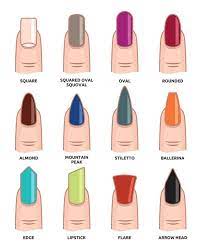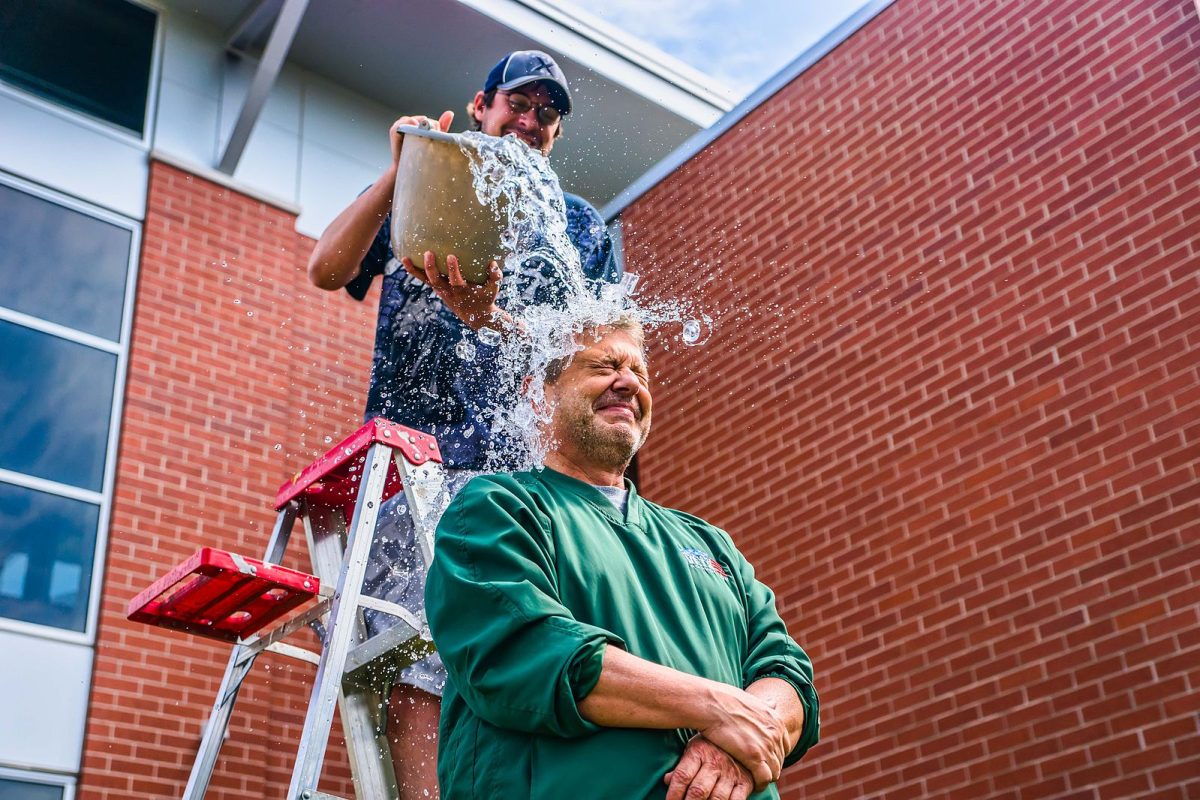Fake nails haven’t gone out of style since they became popular in the 1980s — and it’s for a good reason. Many people would agree that getting acrylic nails is a simple way to boost your confidence, but is that all it is?
The concept of fake nails originated in ancient Egypt and were made of bones or ivory. Wealthy women wore them as a symbol of power and importance. During the Ming Dynasty in China, noblewomen wore long fake nails to show that they didn’t have to do labor like commoners did. During the 1800s, Greek upper-class women wore pistachio shells over their nails which slowly spread the trend of faux nails all across Europe.
Shockingly, nails made out of acrylic were actually discovered by accident. In 1954, a dentist by the name of Frederick Slack broke his nail while he was on the job, and fixed a temporary fingernail out of dental acrylic. The acrylic that’s used today for long, cosmetic nails are not made up of dental acrylic, rather being made up of different acrylic polymers such as polymethylmethacrylate and ethyl methacrylate monomer.
Black culture had the greatest influence on the rise in acrylic nails in America. It wasn’t until the 1980s when a Black, four-time Olympic medalist, Florence Griffith Joyner, used her long fake nails as her trademark that acrylic nails became popular. By the 1990s, acrylic nails were a staple spreading to pop culture; this was largely due to Black influences during that time.
Acrylic nails not only boost your confidence by personalizing and accessorizing, but also prevent you from potential sickness. 30% of the U.S. population have a bad habit of biting their nails. When you bite your nails you are transferring thousands of germs from your hands directly into your mouth, which can easily get you sick. By adding a hard protective layer over your nails you can prevent yourself from biting them, serving a valid purpose outside of being an accessory.
There are many pros and cons of getting acrylic nails such as “The nice feeling of being put-together, and well dressed,” said CHS Freshman, Riona Mapue. “But on the other hand, it can be inconvenient for sports, writing, and other everyday activities.”
Current celebrities and influencers have also had a great impact on the modern normalization of acrylic nails. Freshman Robert Rudolph shares his opinion, saying “… celebrities have the most influence on people our age when it comes to getting fake nails because a lot of them get acrylics regularly which makes people our age want to get them, too.”
Many people in this generation have grown accustomed to long, fake nails and CHS sophomore Jocelyn Rodriguez agreed, going on to say “I think it’s very normal for people to wear fake nails. They’re super cute and customizable to whatever the person wants to display.”
However she goes on to point out a polarizing aspect of this topic: the societal connotations around acrylic nails.
“Although, I do think younger people are beginning to wear fake nails more often. I don’t think it’s really appropriate but that decision is based on the parents.”
Acrylic nails have been around for thousands of years, and have served many purposes from representing social status, to simply being a way to personalize your look.
The resourceful evolution of nails from bones, ivory, pistachio shells, to a mixture of acrylic powder, can lead us to assume that they won’t be going out of style anytime soon.









